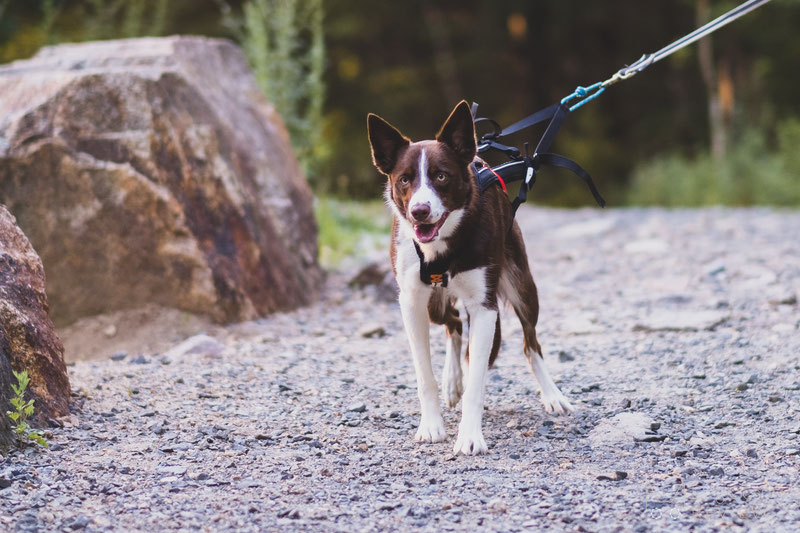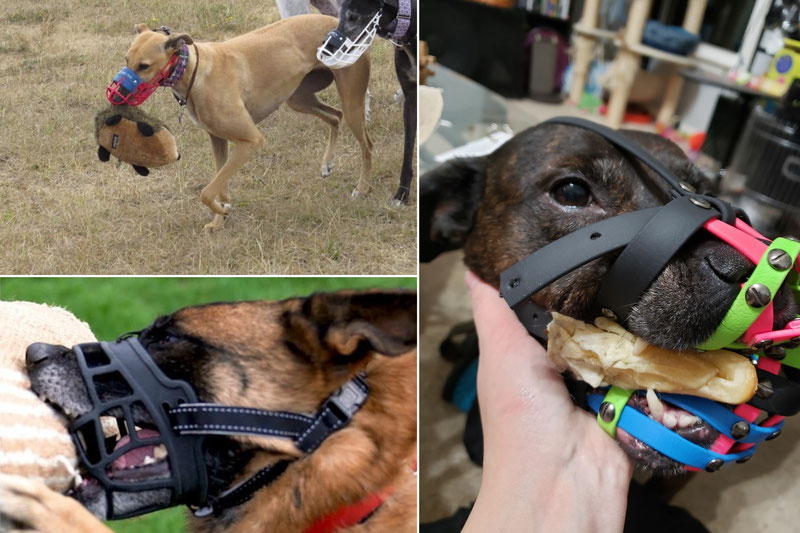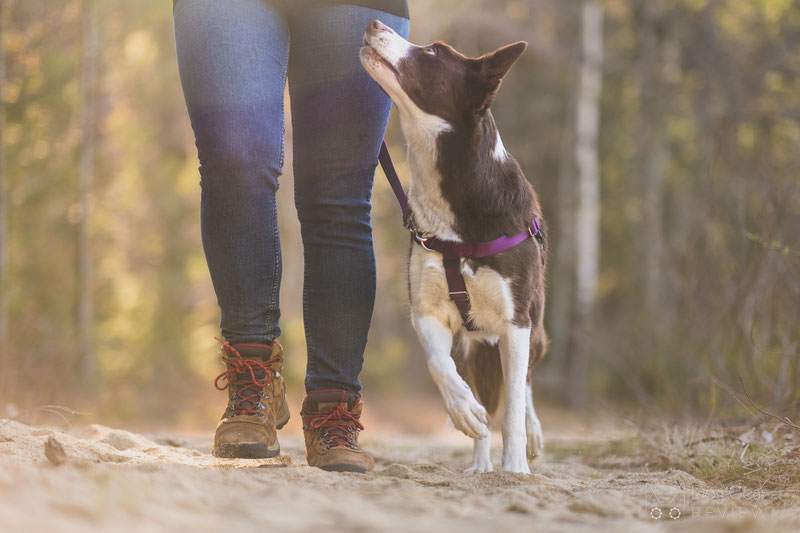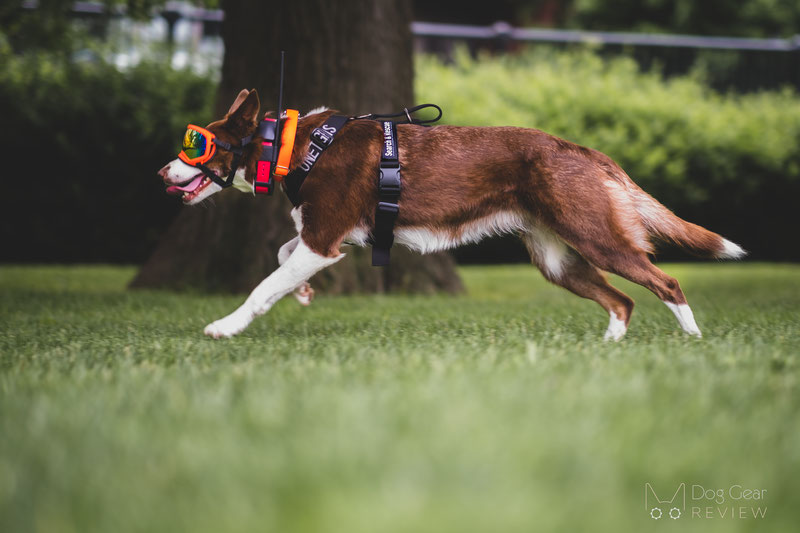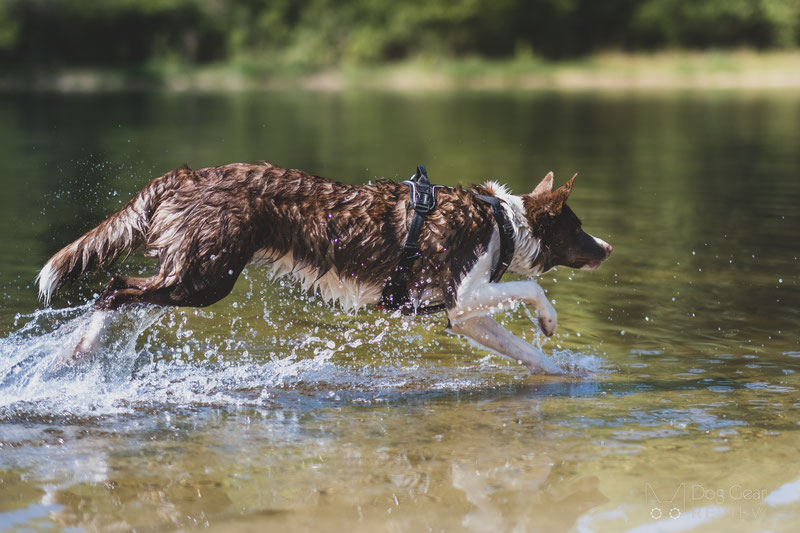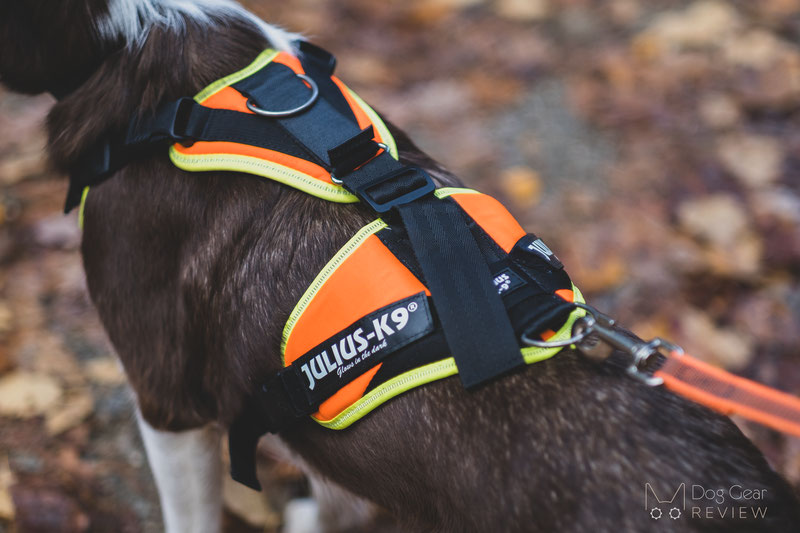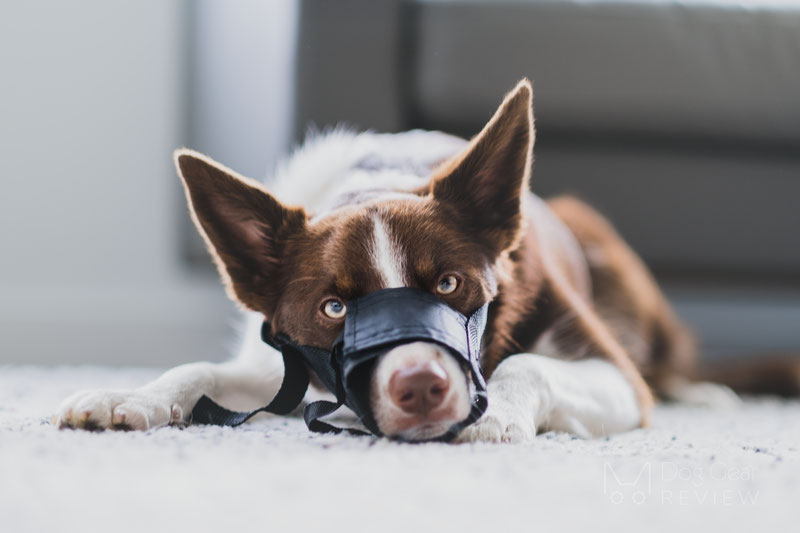This is a topic I have wanted to address for a long time because it’s among the top 5 myths around dog gear. If there is a discussion around leash pulling on social media, it will pop up in the comments section sooner or later.
It’s time to look into where this is coming from, why it is not true, and stop the spread of misinformation.
Why do people think a harness will cause a dog to pull?
If you ever asked people advocating for this myth why they think a harness encourages pulling, the answer will be that sleddogs pull in a harness; any pulling sport uses a harness. Based on these, they conclude that a dog will pull in a harness because it is more comfortable to do so than with a collar.
There are many issues with this argument; let’s check them off one by one.
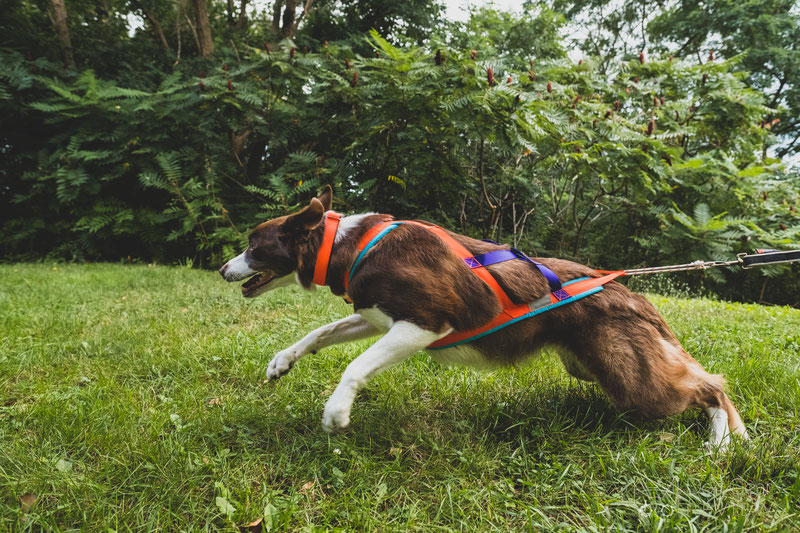
There are different types of harnesses
The first and most obvious point is that dogs rarely walk around the neighborhood in a harness designed for pulling, and there are (hopefully) no dogs competing in pulling sports wearing the harnesses that most people use for daily walks. There is, of course, some overlap between these two categories, and there are versatile harnesses that can be used for different purposes. Still, a great pulling harness will only be good for pulling, nothing else.
I do some canicross with Mia on a hobby level. Still, if I ask her to heel before we run, she can nicely walk on the leash in her pulling harness even though she is super excited to run, and she recognizes that this is the harness we use for canicross.

Dogs can distinguish between different gear and different situations. Even though the harness doesn’t do anything to discourage pulling, it doesn’t encourage it either.
We will not even discuss no-pull harnesses here; let’s just focus on a dog wearing a comfortable Y-harness with a back clip for this article.
Harnesses don’t cause pulling. The lack of training does.
The truth is that there are different tools to discourage pulling but regardless of the choice of tool, you will only achieve a lasting change in behavior through consistent training. Proper leash manner does not mean that the dog can only walk in a prong or with a no-pull harness, but as soon as it comes off, they pull like a freight train. These tools can be used as part of different training methods to discourage pulling AND encourage good behavior.
Many say a harness is causing pulling because they used a harness, did not correct the dog’s pulling behavior, and after some time, they noticed that the dog forgot all leash manners when using the harness. Sure there is a correlation here but not causation. If one switches to another gear, they need to teach the dog from day one that the same rules still apply.

Just because a dog is comfortable pulling into a Y-harness, that doesn’t mean you have no way to teach them to do otherwise. Physical discomfort is only one way to discourage a behavior.
You can stop walking and/or distract pulling, reward when the dog is walking nicely. You can teach leash pressure at home separately so the dog understands that they should turn back to you when there is pressure on the leash (regardless of the location of the attachment point) instead of leaning into it and pulling more. This can be done on a simple back attachment harness or with a flat collar as well.
However, different approaches/tools will work for different dogs (and owners), and it’s important always to use what works for the dog and the situation in front of you.
This article is not about recommending a harness to teach loose leash walking, just pointing out that the use of the harness is not responsible for the lack of leash manners.
